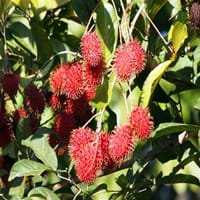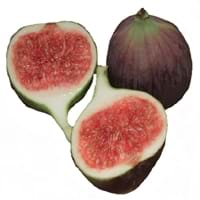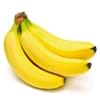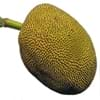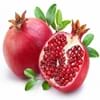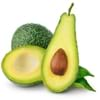Health Benefits
Anti-oxidant properties, Boosts immune system, Skin rejuvenation, Strengthening of bones
Cancer prevention, Controls blood pressure, Heart care, Increase in haemoglobin, Prevents constipation, Prevents macular degeneration, Reduces nervous tension
General Benefits
Antiseptic properties, Cures headache, Removes waste from kidney
Controls blood pressure, Helps in weight loss, Maintains healthy cholesterol level, Strengthens bones
Skin Benefits
Hydrates skin
Brightens and lightens complexion, Hydrates skin, Skin rejuvenation, Treatment of acne
Hair Benefits
Good conditioner
Good conditioner, Regulates hair growth, Softening mask
Allergy Symptoms
Chest pains, Rhinitis, Wheezing
Abdominal pains, Anaphylaxis, Coughing, Headaches, Hives, Itching, Nasal congestion, Skin rash, Sneezing, Sore throat, Swelling of hands
Side Effects
Unknown
Allergic reaction, Skin rash, Possibly unsafe during pregnancy
Best Time to Eat
As a snack in the late afternoon, Don't consume at night and before bed, Eat the fresh ones, avoid mixing with any other foods, don't eat after meal., Morning time (before lunch)
Best if taken as a breakfast (or empty stomach), Don't consume at night and before bed, Morning time (before lunch)
Vitamin B5 (Pantothenic Acid)
Vitamin C (Ascorbic Acid)
Vitamin K (Phyllochinone)
Calories in Fresh Fruit with Peel
Calories in Fresh Fruit without Peel
Not Available
Not Available
Calories in Jam
Not Available
Calories in Pie
Not Available
Type
Tree fruit, Tropical
Tree fruit
Season
Early summer, Early winter, Late fall, Late spring
Summer, Winter
Varieties
Rongrien, Chompu, Rapiah, Bingjai and Lebak Bulus
Abyad, Adriatic, Alma, Atreano, Bataglia, Black Bethlehem, Black Madeira, Black Mission, Brown Turkey, Sierra, Calimyrna, Kadota, Deanna, Figoin and Hardy Chicago Fig
Color
Coral red, Yellow
Green, Purple, Red
Inside Color
Greyish-white
Pink
Origin
Unknown
Western Asia
Soil Type
Clay, Loam
Clay, Limestone, Loam, Sandy
Climatic Conditions
Humid
Dry, Warm
Facts about
- Oils extracted from its seeds is used to make soaps and candles.
- 'Rambut' means hairy in Malay.
- It makes the best hair mask.
- Seeds are edible and healthy too.
- Fig tree is considered as a symbol of abundance, fertility and sweetness.
- The fig is made up of 55% of natural sugar so they are the sweetest fruits.
- Figs are used as a fat substitute in recipes.
Top Producer
Thailand
Turkey
Other Countries
Africa, India, Indonesia, Malaysia, Philippines, Sri Lanka
Albania, Algeria, Brazil, Egypt, Iran, Morocco, Syria, Tunisia, United States of America
Top Importer
Singapore
France
Top Exporter
Thailand
Turkey
Botanical Name
Nephelium lappaceum
Ficus carica
Synonym
Rambota
Not Available
Subkingdom
Tracheobionta
Tracheobionta
Division
Tracheophyta
Magnoliophyta
Class
Magnoliopsida
Magnoliopsida
Subclass
Rosidae
Alismidae
Family
Sapindaceae
Moraceae
Species
N. lappaceum
Ficus carica
Generic Group
Not Available
Mulberry
Difference Between Rambutan and Fig
We might think that Rambutan and Fig are similar with respect to nutritional value and health benefits. But the nutrient content of both fruits is different. Rambutan and Fig Facts such as their taste, shape, color, and size are also distinct. The difference between Rambutan and Fig is explained here.
The amount of calories in 100 gm of fresh Rambutan and Fig with peel is 69.00 kcal and 74.00 kcal and the amount of calories without peel is Not Available and Not Available respectively. Thus, Rambutan and Fig belong to and category.These fruits might or might not differ with respect to their scientific classification. The order of Rambutan and Fig is Sapindales and Rosales respectively. Rambutan belongs to Sapindaceae family and Fig belongs to Moraceae family. Rambutan belongs to Nephelium genus of N. lappaceum species and Fig belongs to Ficus genus of Ficus carica species. Beings plants, both fruits belong to Plantae Kingdom.
